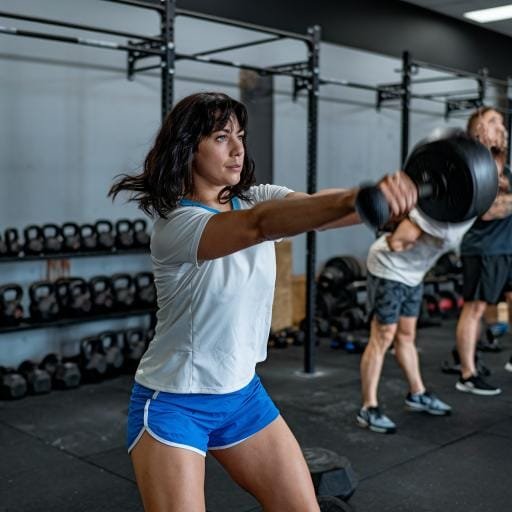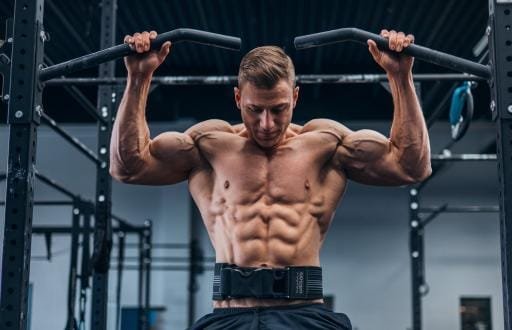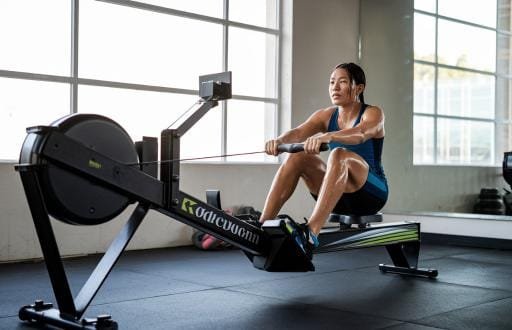In today’s fast-paced world, where time is an increasingly precious commodity, the concept of a home gym has evolved from a luxury to a practical necessity. The transformation of spare rooms, garages, and basement spaces into personal fitness sanctuaries isn’t just a trend – it’s a revolution in how we approach our health and wellness goals. Who would’ve thought that the comfort of our homes could become the cornerstone of our weight loss journey?
The Evolution of Home Fitness
Gone are the days when effective weight loss required an expensive gym membership. The COVID-19 pandemic fundamentally shifted our perspective on home workouts, and surprisingly, many discovered they preferred the convenience and privacy of exercising at home. But here’s the million-dollar question: What equipment do you actually need to create an effective weight loss-focused home gym?
Essential Equipment Categories
1. Cardiovascular Equipment
The foundation of any weight loss program lies in effective cardiovascular training. Your options include:
- Treadmill: The ultimate classic. Modern treadmills come with incline features, preset programs, and even virtual running trails. While they require significant investment (typically $500-$2000), they’re incredibly effective for consistent calorie burning.
- Stationary Bike: Perfect for low-impact cardio, especially for those with joint issues. Whether you choose an upright or recumbent model, you’re looking at $200-$1000 for a quality machine.
- Rowing Machine: Don’t underestimate this full-body warrior. It engages 86% of your muscles while providing excellent cardiovascular benefits. Expect to invest $300-$1000 for a reliable model.
2. Strength Training Essentials
Weight loss isn’t just about cardio – muscle building plays a crucial role in boosting your metabolism. Consider these must-haves:
- Adjustable Dumbbells: Space-efficient and versatile, these are worth their weight in gold. A good set ranges from $200-$400.
- Resistance Bands: Incredibly versatile and perfect for beginners and advanced users alike. A complete set costs $20-$50.
- Kettlebells: These Russian-origin weights offer unique benefits for both strength and cardio. Start with two weights: one light (8-12 kg) and one heavy (16-20 kg).
3. Recovery and Flexibility Tools
Recovery isn’t just an afterthought – it’s essential for sustainable weight loss. Include:
- Foam Roller: Essential for myofascial release and preventing workout-related injuries ($20-$40)
- Yoga Mat: Your foundation for stretching and floor exercises ($20-$100)
- Massage Ball: Perfect for targeting specific muscle groups ($10-$20)
Setting Up Your Space
Creating an effective home gym isn’t about cramming every piece of equipment into a room. Instead, consider these factors:
- Available Space: Measure your area carefully. Remember to account for movement space around equipment.
- Flooring: Invest in proper gym flooring to protect both your equipment and your actual floor.
- Ventilation: Proper airflow is crucial for comfortable workouts.
- Mirror Placement: At least one full-length mirror helps maintain proper form.
Budget Considerations
While building a home gym requires initial investment, consider this: The average gym membership costs $40-$50 monthly. Over five years, that’s $2,400-$3,000 – enough to build a comprehensive home gym! Plus, you’re investing in equipment that could last decades with proper maintenance.
Creating Your Workout Plan
Equipment alone won’t guarantee weight loss. Structure your workouts to include:
- 20-30 minutes of cardiovascular exercise
- 20-30 minutes of strength training
- 10-15 minutes of flexibility work
- At least one rest day between intense workouts
Conclusion
Creating a home gym for weight loss is an investment in your health and future. While the initial costs might seem daunting, the convenience, privacy, and long-term savings make it a worthwhile endeavor. Remember, the best equipment is the one you’ll actually use consistently. Start with the basics and gradually build your collection as your fitness journey evolves.
FAQ
Q: What’s the minimum equipment needed to start losing weight at home?
A: Start with resistance bands, a pair of dumbbells, and a yoga mat. This basic setup allows for countless effective workouts.
Q: How much space do I need for a home gym?
A: A minimum of 50 square feet can work for basic equipment. For cardio machines, aim for 100-200 square feet.
Q: Should I buy new or used equipment?
A: While new equipment offers warranties and peace of mind, quality used equipment can provide significant savings. Research brands thoroughly and inspect used equipment before purchasing.
Q: What’s more important for weight loss: cardio or strength equipment?
A: Both play crucial roles. Cardio burns calories during workouts, while strength training builds muscle that increases your resting metabolic rate.
Q: How often should I replace my equipment?
A: Quality equipment can last 5-10 years or more with proper maintenance. Replace items when you notice wear and tear affecting performance or safety.
Remember, the journey to weight loss isn’t about having the most expensive equipment – it’s about consistency and proper use of whatever tools you have available. Your home gym should evolve with your fitness journey, gradually expanding as your needs and abilities grow.










